
Seabeach Dock
Seabeach Dock (Rumex pallidus)
A sensitive plant species found at Tin Can Beach during a survey conducted by CBCL Limited in 2014 during an Environmental Impact Assessment is Seabeach dock (Rumex pallidus). Listed as S2S3 (ACCDC) and 3-Sensitive by NBDNR, an individual specimen was found growing close to the open water on an outcrop of bedrock, rooted into a crack in the rock. A member of the buckwheat family (Polygonaceae), seabeach dock is a plant of rocky beaches and coastal swamps including upper beach areas with cobble, gravel, shale, or shell and gravelly sand substrates. Associated species typically include seaside goldenrod (Solidago sempervirens), curly dock (Rumex crispus) beach pea (Lathyrus japonicas), rugosa rose and dunegrass (Elymus mollis)
For more information, visit the Massachusetts Division of Fisheries and Wildlife: http://www.mass.gov/dfwele/dfw/nhesp/species_info/nhfacts/rumpal.pdf
Mallard
Mallard (Anas platyrhynchos)
Mallards are the most common duck in Canada.
Flocks often feed in early morning and late afternoon in nearby harvested fields, returning to marshes and creeks to spend the night.
The flight is not particularly rapid. Hens have a loud quack; the drake's voice is a low-pitched kwek-kwek.
Black and Mallard Ducks: These two species often interbreed which can result in hybrids with any combination of mallard/black duck traits.
Common Merganser
Common Merganser (Mergus merganser)
This species is larger than the red-breasted merganser, and is one of the largest of our ducks. It is one of the last to migrate South, and is more common than the red-breasted merganser on inland waters.
Flocks move in "follow the leader" style, low over the water. The only call seems to be a startled croak.
Common Goldeneye
Common Goldeneye (Bucephala clangula)
These are active, strong-winged fliers moving singly or in small flocks, often high in the air. Distinctive wing-whistling sound in flight has earned them the name of whistlers.
Goldeneyes generally migrate late in the season.

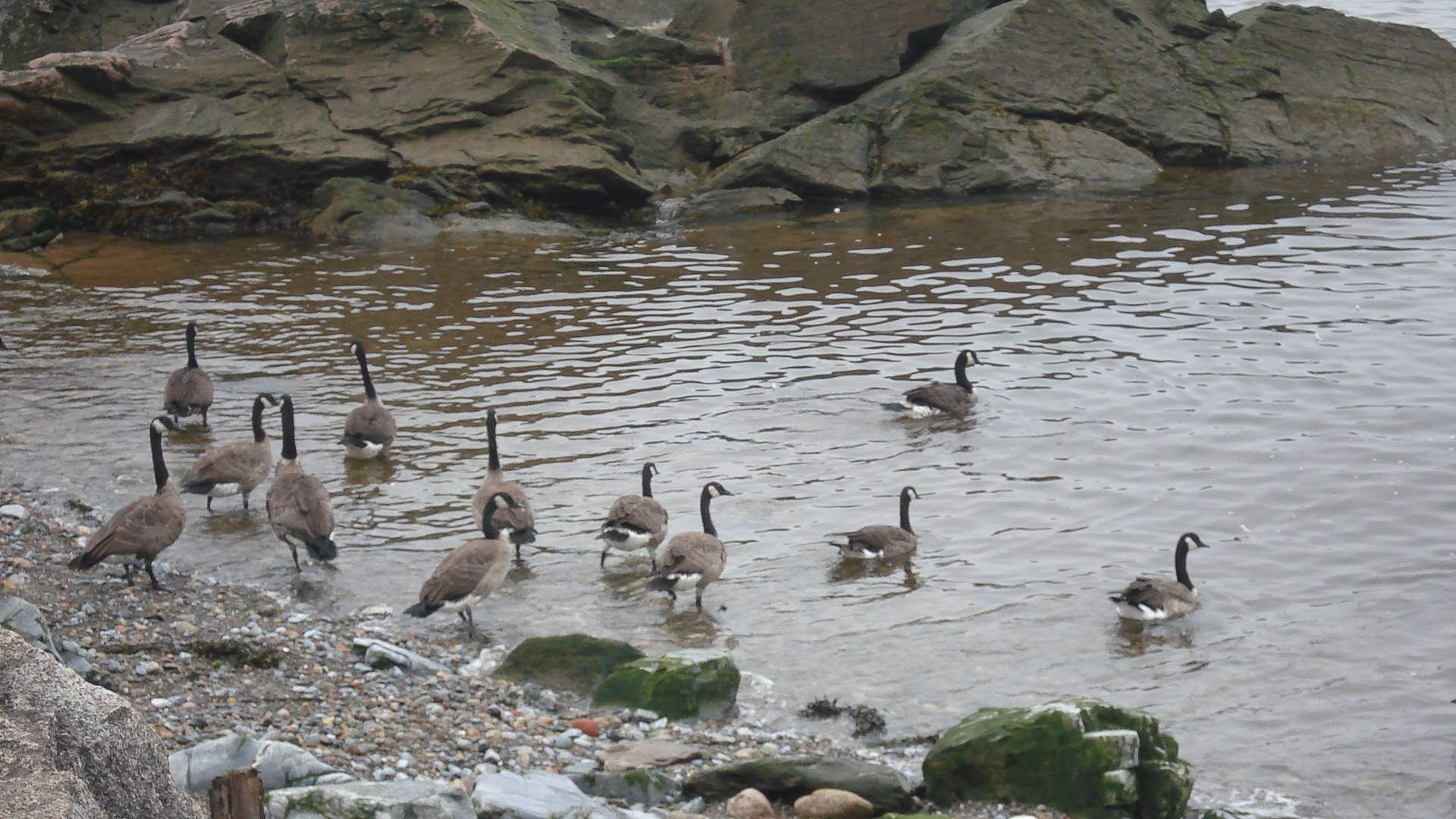
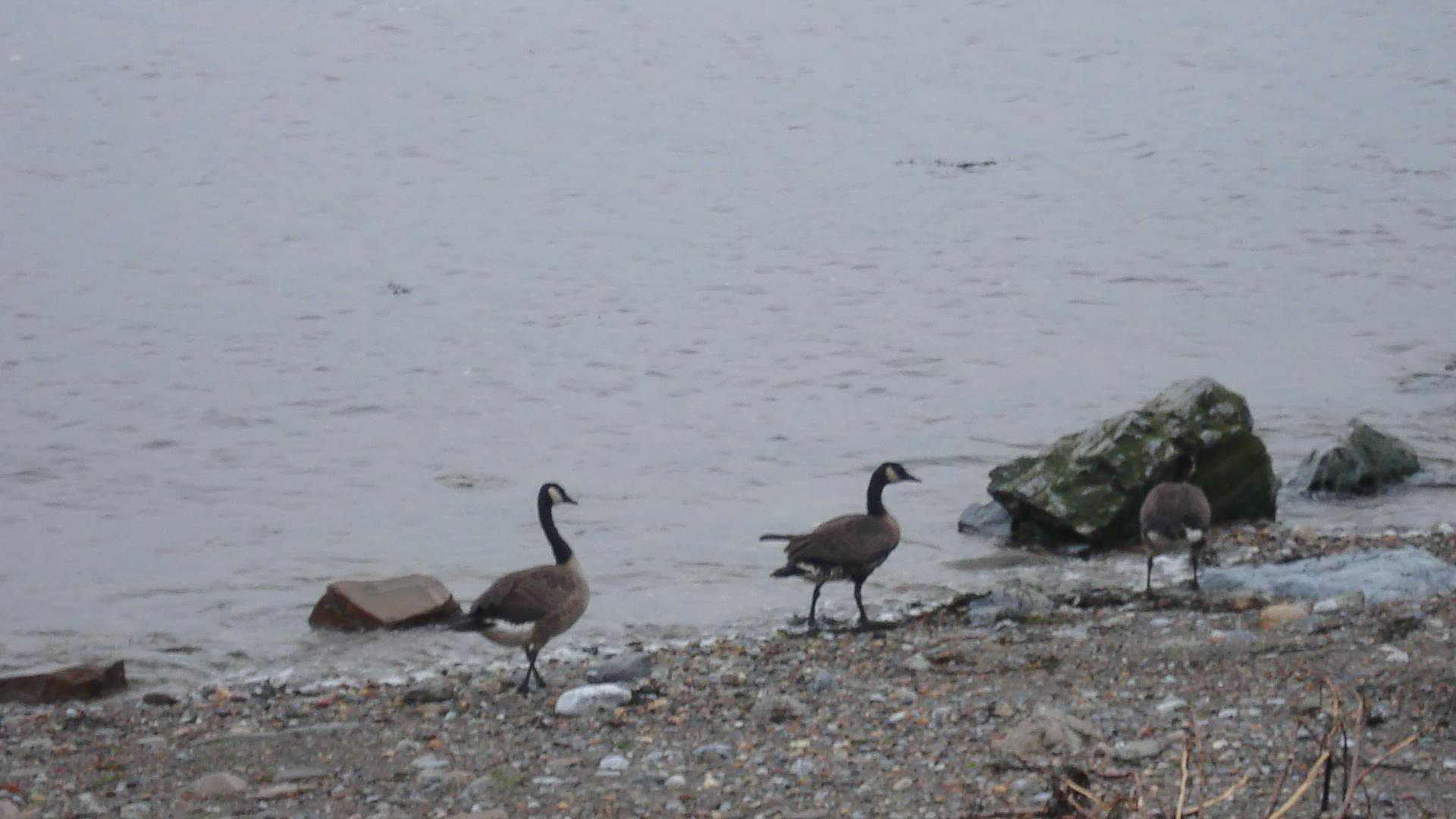



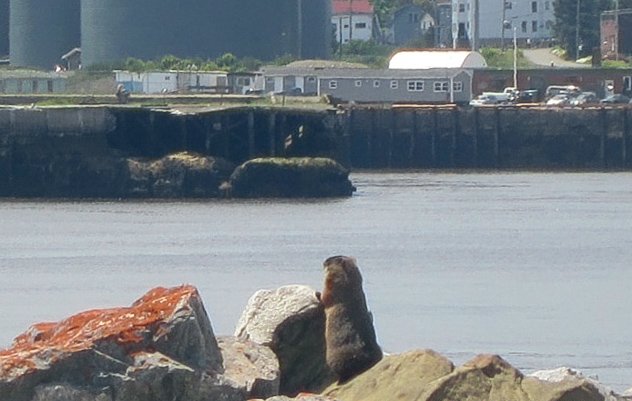
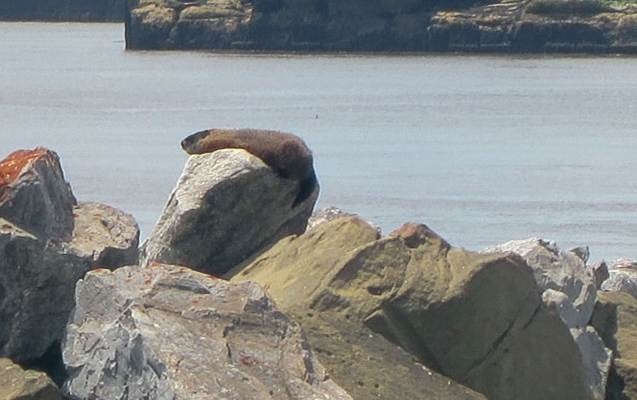




![Photo: Graeme Stewart-Robertson, April 19, 2012 at Courtenay Bay [Photo at Tin Can Beach: Not Yet Submitted]](https://images.squarespace-cdn.com/content/v1/52efdd04e4b0e9a106d08683/1396981015607-IDXX4CRG8VMZVM7NGG17/image-asset.jpeg)

![Photo: Graeme Stewart-Robertson, June 14, 2012 at Courtenay Bay [Photo at Tin Can Beach: Not Yet Submitted]](https://images.squarespace-cdn.com/content/v1/52efdd04e4b0e9a106d08683/1397052833963-H7UWN8MU3AL7417IVD1X/image-asset.jpeg)

![Photo: Graeme Stewart-Robertson, May 18, 2012 at Courtenay Bay [Photo at Tin Can Beach: Not Yet Submitted]](https://images.squarespace-cdn.com/content/v1/52efdd04e4b0e9a106d08683/1396980308960-4G3QPT1GKUO5F7KDMV67/IMGP0185.JPG)

![Photo: Graeme Stewart-Robertson, April 26, 2012 at Courtenay Bay [Photo at Tin Can Beach: Not Yet Submitted]](https://images.squarespace-cdn.com/content/v1/52efdd04e4b0e9a106d08683/1396979495137-S3RVIVT1OXOXB3CGQ06X/IMGP0099.JPG)
![Photo: Graeme Stewart-Robertson, Jun 8, 2012 at Courtenay Bay [Photo at Tin Can Beach: Not Yet Submitted]](https://images.squarespace-cdn.com/content/v1/52efdd04e4b0e9a106d08683/1396979145368-W0TY9SP25IBP7CWMGHBG/2012-06-08+07.38.43_1_1.JPG)
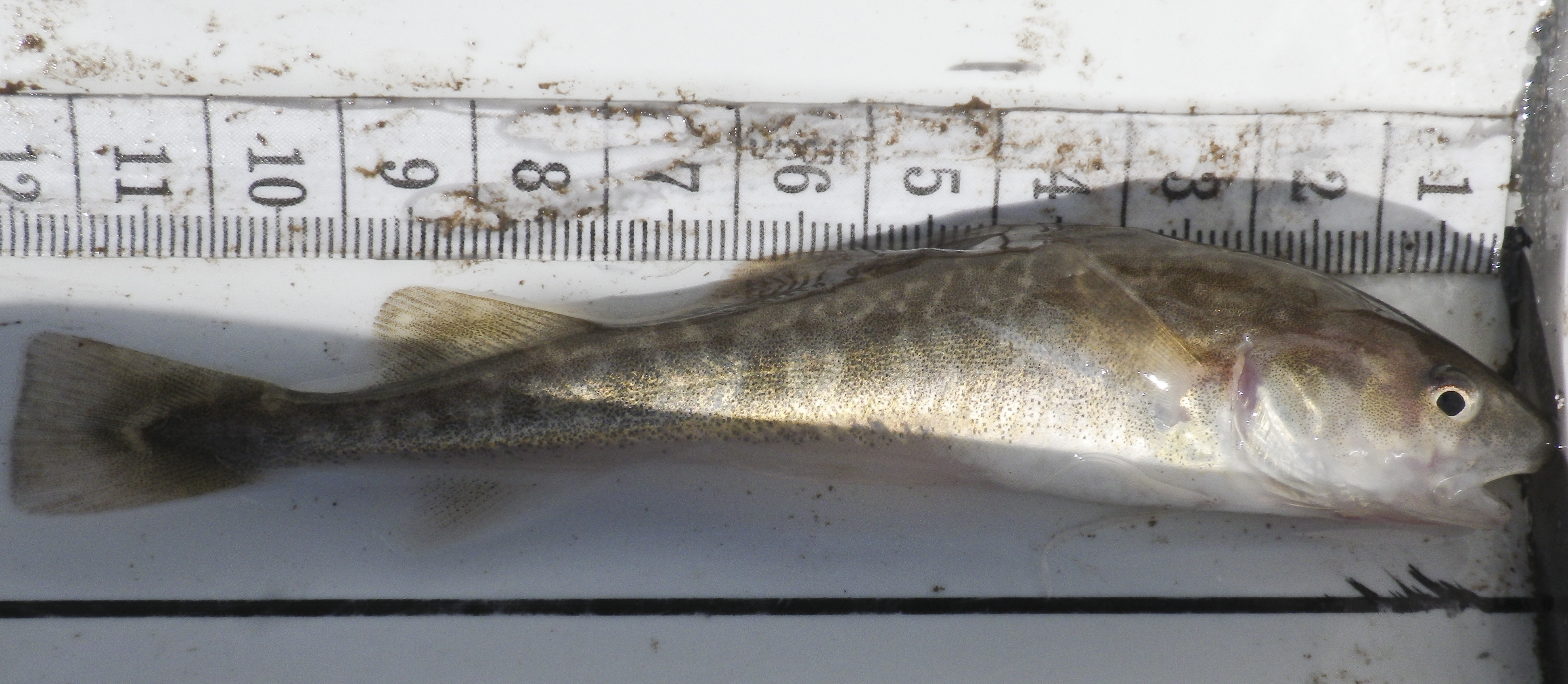
![Photo: Graeme Stewart-Robertson, Jun 8, 2012 at Courtenay Bay [Photo at Tin Can Beach: Not Yet Submitted]](https://images.squarespace-cdn.com/content/v1/52efdd04e4b0e9a106d08683/1396978965921-C8ZVAMIPGB2YTWQOWLNG/image-asset.jpeg)














